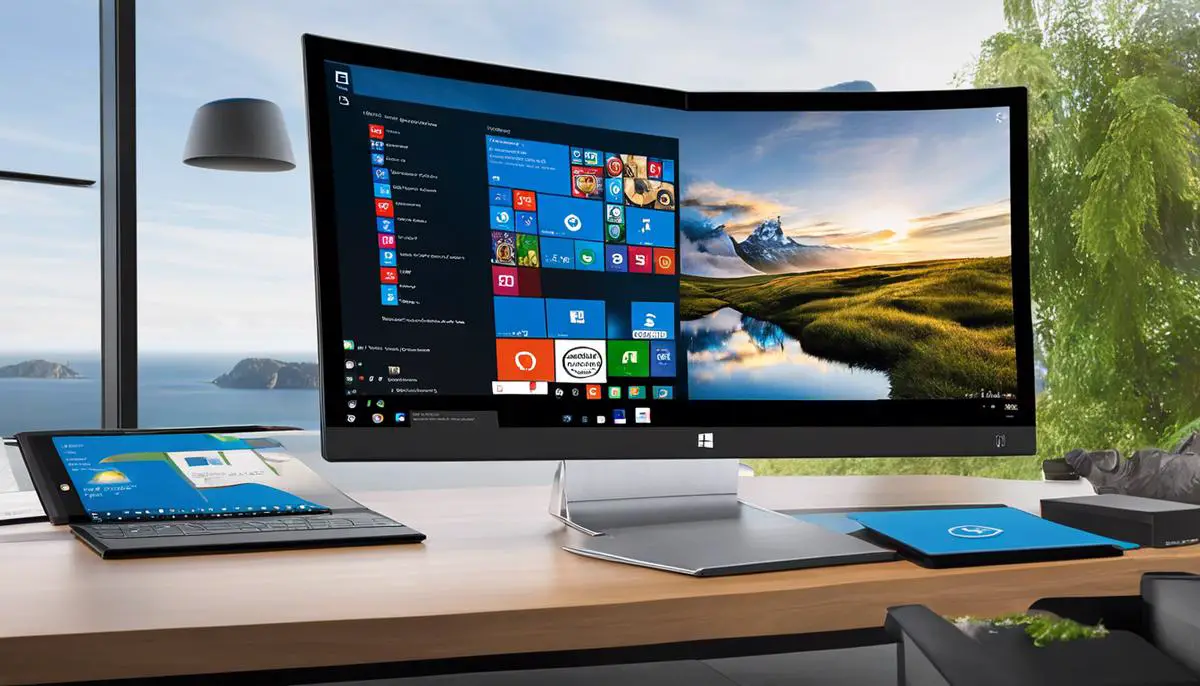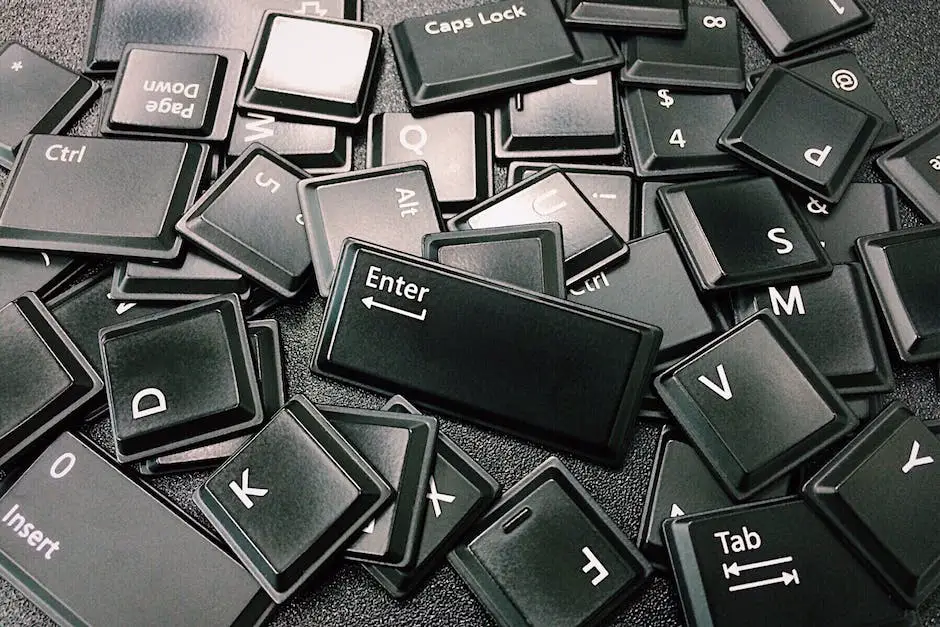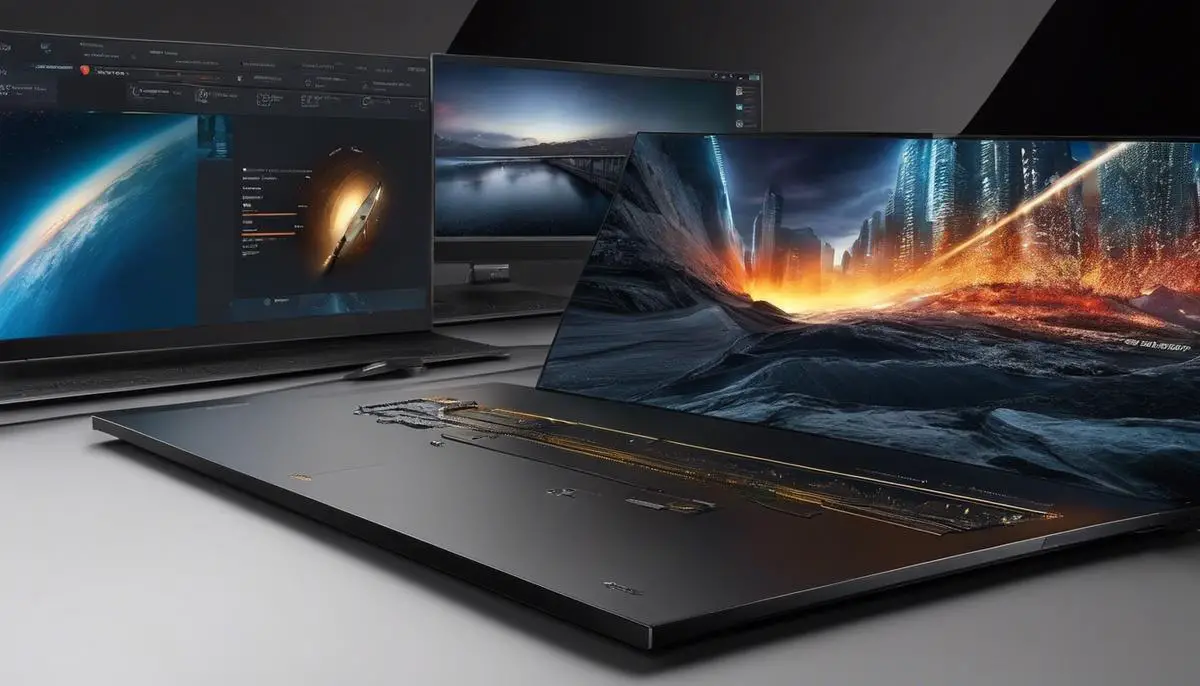In an era where we spend a significant portion of our day interacting with digital devices, it has become crucial to understand and efficiently use their interface. Windows 10, as one of the most popular operating systems, exhibits a rich layered interface that, once mastered, can significantly improve our productivity and overall user experience. This study primarily revolves around comprehending the functionalities and layout of the Windows 10 interface, employing the efficiency of keyboard shortcuts, and adjusting the display settings for optimal screen usage.
Understanding Windows 10 Interface
Unleashing the Essential Features of the Windows 10 Interface
When discussing the world of operating systems, Windows 10 distinctly sets itself apart. Acting as the control center for your computer, Windows 10 augments your user experience with vital, up-to-date, technologically accelerated features. Understanding them unlocks the full potential of your computing environment.
Feature 1: Start Menu
The Start Menu, the gateway to your applications, exemplifies Microsoft’s commitment to keep constantly evolving tech user-friendly. A combination of the traditional Windows 7 menu and the sleek Windows 8 tiles, it offers both efficiency and customization. Pin your most-used apps for easy access, forming a personalized, streamlined work hub.
Feature 2: Action Center
Emulating a smartphone’s notification center, the Action Center is an innovative feature for Windows, providing updates at your fingertips. System notifications, email alerts, and security updates, all clumped right on your taskbar, ensuring you never miss out on crucial information.
Feature 3: Cortana
Meet Cortana, your own personal digital assistant. From setting reminders and reading appointments in your calendar to recommending restaurants nearby, Cortana embodies a leap in AI integration into everyday technology. The sophisticated voice recognition system offers seamless interaction with your system.
Feature 4: Task View and Virtual Desktops
The Task View feature acts as a window management tool offering a comprehensive view of your open applications. Moreover, Windows 10 takes multitasking a notch higher with the ‘Virtual Desktops’ function. Develop separate workspaces for different tasks, enabling effective organization and productivity-boost.
Feature 5: Microsoft Edge
Edge is Microsoft’s venture into the competitive world of browsers. Kicking Internet Explorer to the sidelines, Edge offers a fast, clean, and modern browsing experience. With unique features like annotating directly on web pages and reading view, Edge presents a commendable, streamlined online journey.
Feature 6: Continuum
The Continuum feature shows Microsoft’s answer to device-laden realities of our time. This feature allows a seamless switch between laptop and tablet interfaces, depending on the presence of a keyboard. Such flexibility understands the shifting modes of technology use and shows Windows 10’s capability to adapt efficiently.
Feature 7: Universal Applications
A big leap in Windows 10 is the idea of ‘Universal Applications.’ These apps can run across several Microsoft products, maintaining consistent features and experiences. From your PC to the Xbox to a smartphone, continuity is the new norm, creating a cohesive digital ecosystem across platforms.
Windows 10 represents an intersection of tradition and innovation. Its familiar Start Menu coupled with new, sophisticated features like Cortana and Continuum depict a thoughtful mix of user convenience and pushing the boundaries of technological advancement. Harnessing them elevates your interaction with the digital world, creating a more productive and enriched computer experience.

Using Keyboard Shortcuts
Leveraging Keyboard Shortcuts to Master Full-Screen Mode in Windows 10
When it comes to optimizing productivity and comfort in your digital workspace, mastering the ability to easily transition to full-screen mode on Windows 10 is paramount. Notably, full-screen mode can streamline your focus, eliminate distractive clutter, and provide a more immersive experience.
But wouldn’t it be great if there were shortcuts that can generate these transitions seamlessly? Well, hold on to your processors, tech enthusiasts! With a few helpful keystrokes, this power will be at your fingertips – literally.
Window Management Shortcuts
Handling multiple windows in your workspace can be a breeze with Windows 10 keyboard shortcuts. To facilitate full-screen mode:
- Press
Win + Up Arrowto maximize the current window. - If you’re running an application that supports full-screen mode, pressing
F11will transport you directly into this distraction-free environment.
Browser Shortcuts
Are you using your favorite browsers and want to go full-screen? No worries, that too can be achieved. For Microsoft Edge and other widely used browsers:
- Simply press
F11to maneuver in and out of full-screen mode. - You can recover your toolbar by hovering at the top of the screen or pressing
F11again to exit the mode.
Application Shortcuts
Certain applications also offer exclusive ways to engage full-screen mode through keyboard shortcuts. E.g., for the Command Prompt and Windows PowerShell:
- Maximize using
Alt + Enter. - Return to the windowed mode with the same combination.
Alt + Enter.
For Windows 10’s Movies & TV app and some other media players, hit Ctrl + Shift + F for a captivating full-screen experience.
Shortcut for Projecting to a Second Display
Are you a tech maven who enjoys a multiple monitor setup? Slide into full-screen mode on another display by using the Win + P command, then select “Full Screen”.
When talking about embracing the full power of technology, it’s these little hacks – keyboard shortcuts – that make all the difference. They revolutionize how we interact with our Windows 10 workspaces, enhancing efficiency and granting us more command. Make them your allies, and rule your digital world!

Configuring Display Settings
The Impact of Tweaking Display Settings on Full Screen Mode
Tweaking display settings is a common practice among tech enthusiasts seeking to customize their technology experience. How does this habit, however, affect full screen modes? Well, the impacts are significant, ranging from visual comfort to system performance. This article delves into the substance of these tweaks and their resultant effects on full screen mode.
For starters, consider the resolution setting. Resolution refers to the number of distinct pixels displayed on the desktop. Higher resolutions provide more workspace and sharper images at trade-off for smaller elements and potentially more strain on eyes. In full screen mode, a higher resolution can enhance the viewing experience providing better detailed images and videos.
Next, consider color calibration. This is the process of adjusting colors in your display so that they match the standard and look as natural as possible. For those literature or photo-editing enthusiasts out there, an improved color calibration promises a satisfying full screen experience – vibrant, true to life colors that leap off the screen.
Adjusting screen brightness and contrast also warrants attention, as these settings can significantly affect full screen mode. High brightness levels might lead to too much glare, making viewing in full screen mode an uncomfortable experience. Similarly, having too much contrast could harden colors, making them seem less natural and more computer-generated.
What are the effects of these tweaks on system performance, though? Well, higher resolutions demand more from the computer’s graphics subsystem. While modern systems handle such demands capably, older systems, or systems running graphics-intensive full screen applications, might exhibit performance degradation.
Another aspect that’s affected by tweaking display settings is the power consumption. Higher brightness levels in full screen mode drain battery life faster. Thus, those planning a movie marathon away from a power source might need to consider this factor.
Finally, let’s not forget to cover the impact on game play. Tweaking display settings, most notably resolution, can distinguish between a good and mediocre gaming experience in full screen mode. Higher resolutions deliver highly detailed graphics that serve to immerse the player in the game universe. However, once again, the trade-off could be in performance, particularly for graphically demanding games.
In conclusion, tweaking display settings indeed impacts full screen mode in several ways. It improves visual comfort, system performance, power consumption, and the overall quality of game play. As with all tweaks though, finding the right balance between each variable is key. After all, every user has unique preferences, and thankfully, technology is always on hand to cater to them. It’s all about finding what works best for each individual.

Mastering the full screen mode in Windows 10 offers a plethora of benefits including improved user experience, efficient navigation, and optimized screen space utilization. Embracing keyboard shortcuts along with resolution and monitor setup configurations could usher in an enriching interaction with this popular operating system. There’s much more to learn beyond the basic functionalities, and with consistent practice and exploration, one can truly realize the vast potential that Windows 10 full screen mode holds.